
Hamsters are small, fluffy creatures that are not only cute but also very interesting. Whether you are a long-time hamster owner or new to these tiny pets – the following 15 facts will provide you with additional information about their peculiar behavior, requirements, and lovely features.
Tiny Sleep Lovers
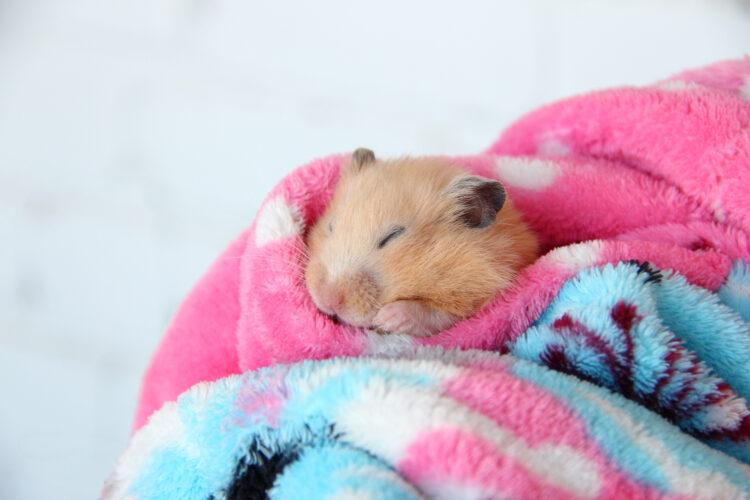
First things first, are you aware that hamsters love to sleep? They are nocturnal, meaning they are most energetic at night and love sleeping during the day. This is perfect if you are a night owl, but it is a bummer if you want to play and have fun with them during the day.
Born to Run
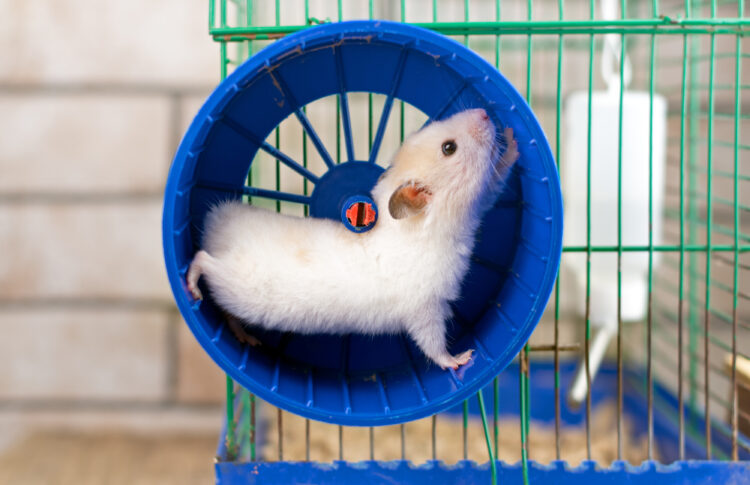
Hamsters are little athletes. In the wild, they travel several miles in a single night searching for food. That is why all hamster cages have wheels. If they do not get the chance to burn off their energy, they can get stressed or overweight. Imagine running marathons every night; that is just their normal routine!
Cheeky Storage Units

Have you ever watched a hamster filling its cheeks? Their cheeks are like built-in grocery bags. Hamsters can carry about half of their body weight in their cheeks, which allows them to carry food back to their burrows in the forest. Next time you see one, remember that they are not just eating—they are stocking up!
Solo Artists

Unlike other animals, hamsters love being alone. In the wild, they are solitary and can get territorial if they are not alone. If you are planning on getting hamsters, remember keeping them in separate cages is the best idea. Think of them as that friend who enjoys a lot of personal space; overly inviting will leave them cranky!
A Variety of Breeds
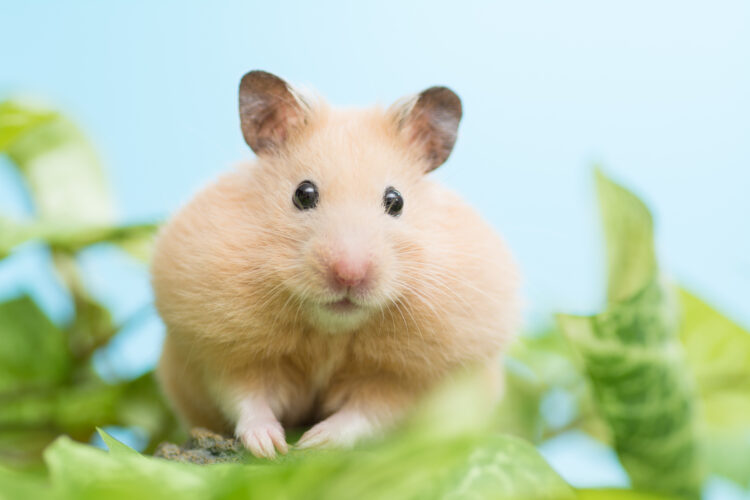
Not all hamsters are the same. There are approximately 24 species, but the three most common types you find in pet stores are Syrian, Dwarf, and Roborovski hamsters. The Syrians are the big guys, and the Dwarfs and Roborovski hamsters are smaller. They have different characters and care needs, just as not every dog breed is the same.
Aging Speedsters
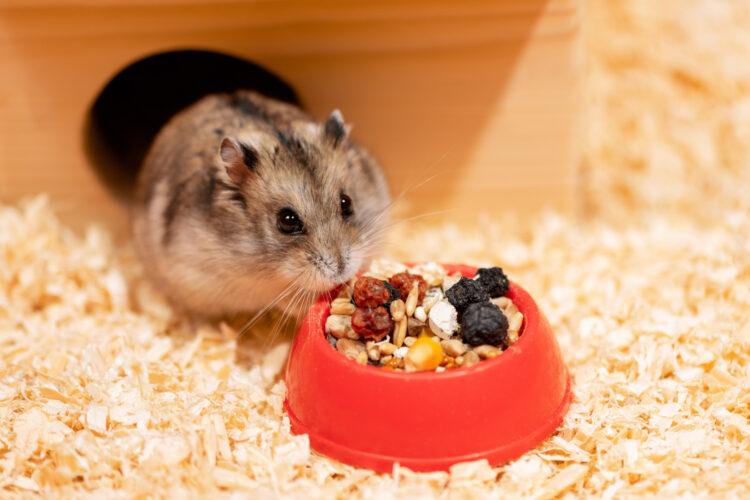
Hamsters do not live very long, with an average life expectancy of 2 to 3 years. It might seem super short, but that is just how they are wired. Their quick aging process means they reach adulthood by about two months old! This rapid life cycle is common in small rodents.
Night Vision Navigators
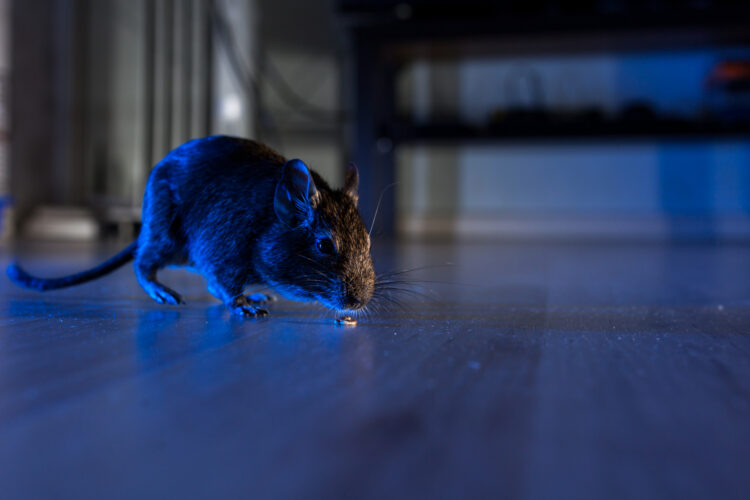
These little guys have poor eyesight, but what they lack in clarity, they make up for in night vision. This ability allows them to navigate in the dark, which is crucial for avoiding predators and finding food in their natural habitat. Their tiny whiskers are like a GPS map, helping them to navigate their surroundings.
Hoarding Habitats

Hamsters are notorious hoarders. Back in their wild days, this behavior was essential for survival. They stash away food in various parts of their burrows to have plenty during times of scarcity. You might notice them hiding food in their bedding or in corners. Do not worry. They are not planning for an apocalypse; it is just natural instincts.
Quick Breeders

Ever heard of the term “breeding like rabbits”? Well, hamsters are not that far off since female hamsters give birth several times a year with up to 12 babies each time; however, 6 to 8 offspring are more common. If you do not want a hamster baby boom, it is best to keep males and females separate.
Temperature Sensitive

Hamsters are quite sensitive to temperature changes. They thrive in mild conditions and can become lethargic if it is too cold or too hot. In the wild, during extreme temperatures, they stay in deep burrows to maintain a comfortable environment. Keep their cage away from sunlight, drafts, and sources of extreme cold and heat.
Escape Artists
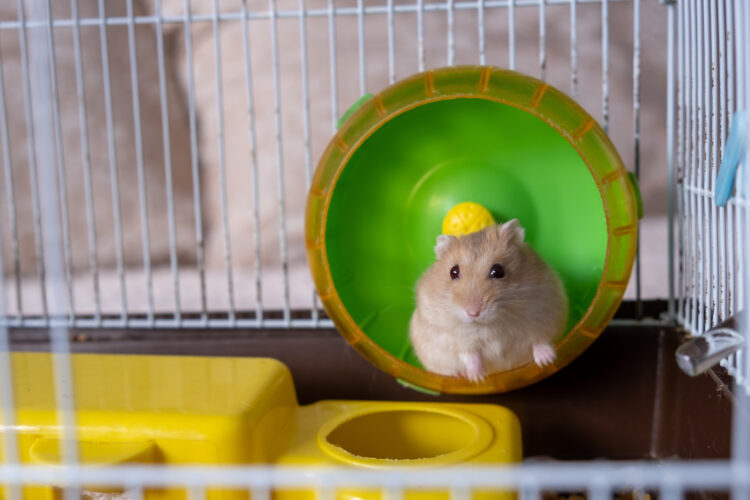
Hamsters are good at running away. Due to their size and being flexible, they can easily crawl through small holes and find a way out of any cage. You need to ensure their cage is secure and check regularly for any potential escape routes. They are mini Houdinis, always ready to perform a disappearing act!
Sensitive Hearing
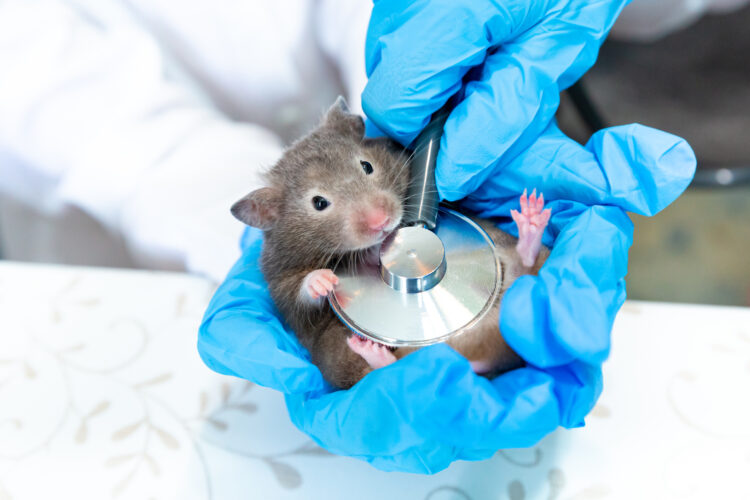
Hamsters have very sensitive ears. They can listen and react to a variety of noises that may be unnoticeable to your ears. This acute sense helps them to avoid predators in the wild. If you have them at home, try keeping their environment relatively quiet to avoid stressing them out.
Bath Time? Think Sand, Not Water
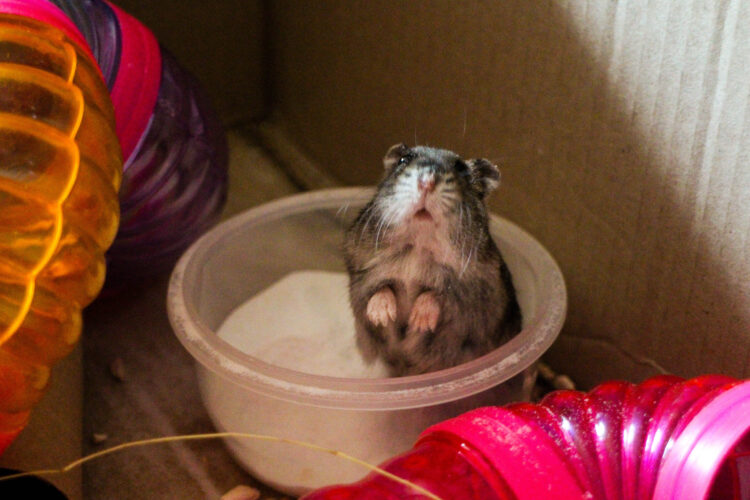
Unlike cats and dogs, hamsters should not be bathed in water. They clean themselves, and getting wet can actually harm their health. Instead, they enjoy a sand bath. Providing a small dish of chinchilla sand helps them maintain their coat’s cleanliness and health. They roll around in it, which helps absorb oil and dirt from their fur.
Color-Changing Coats
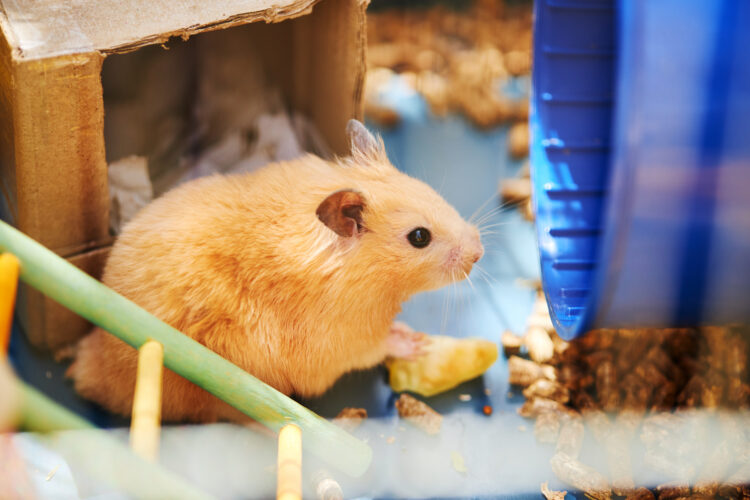
The Syrian hamster is one of the many breeds that alters its coat color based on the seasons. In the wild, this helps them blend into their surroundings and avoid being attacked. In captivity, however, this cannot be fully observed unless they are exposed to identical temperatures and lights like natural seasonal changes.
Incredible Incisors
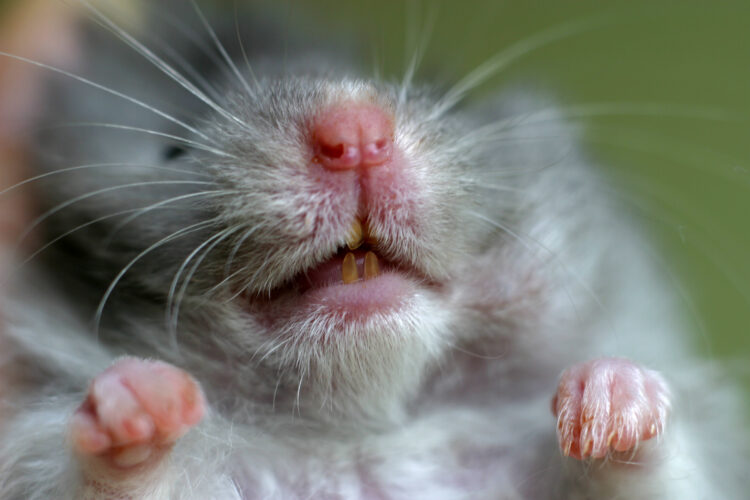
Hamster teeth never stop growing. They have incisors that continuously grow throughout their lives, which is why it is important for them to have plenty of things to chew on. Providing chew sticks, untreated wood, or hard dog biscuits can help keep their teeth at a healthy length.

Comments
Loading…